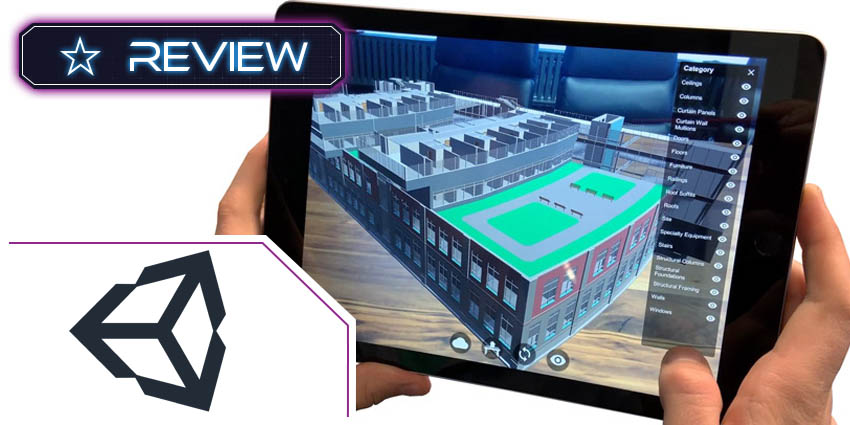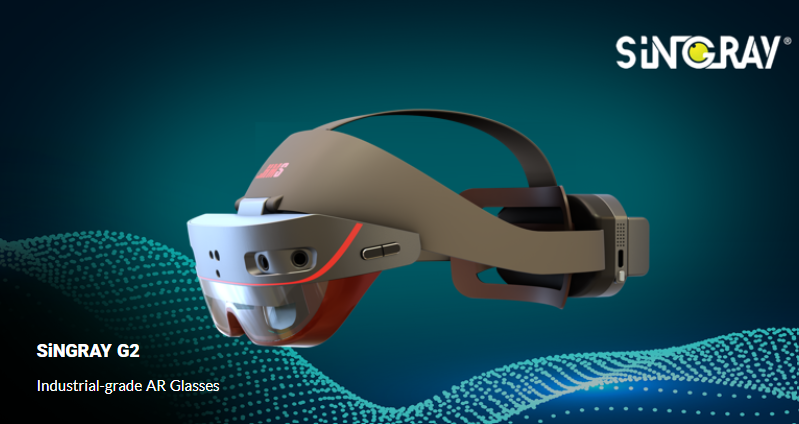As the marketplace for extended reality innovation continues to evolve, companies are rapidly making names for themselves as the leading innovators in a variety of spaces. For mixed reality (MR), Microsoft is carving out an amazing future with the HoloLens. In the virtual reality (VR) space, we have products like the Oculus for in-depth, immersive experiences.
Unity is the name most associated with the creation of intelligent, high-quality software for the future of digital transformation. One of the most popular platforms and toolsets for designing all kinds of extended reality experiences, Unity has something to offer a range of developers.
Unity Reflect is the suite of custom-chosen products for creating immersive, collaborative 3D environments in the real world. The Reflect ecosystem covers both augmented and VR, with technology for the entire project lifecycle. Let’s take a closer look.
Unity Reflect Review: Features
Unity Reflect aims to enable the modern developers in the extended reality space, by giving them all the tools they need for creativity in one combined hub. The Reflect suite is a selection of products intended to connect stakeholders, BIM data, and multiple phases of the AEC lifecycle. This powerful ecosystem of development improves collaboration, enables better communication, and makes the overall production process more immersive.
According to Unity, the Reflect collection of products was chosen for its ability to help companies and creators make more impactful decisions, to catch errors early on, prevent issues, and win bids. You can even try the Unity Reflect Review and Unity Reflect technology for free, to see what you can expect from the technology.
When Unity Reflect first launched in 2019, it was a product for creating differentiated real-time BIM applications and customised user experiences. You could also pull Autodesk Revit models into the Reflect viewer without development requirements. After that, Unity began adding plugins, creating a comprehensive feature set including:
- BIM 360, Navisworks, Sketchup and Rhino plugins
- 1:1 scale-on-site augmented reality
- Cloud hosting
- Universal render pipeline
- Enhanced user interface
- Visual fidelity customization
- Collaborative multi-user environment with follow mode
- On-premises or cloud environment
- Live links to original models
The two central components of Unity Reflect are Reflect Review and Reflect Develop. Unity Reflect Review assists with communicating design intent during the development process. You can create 3D models in real-time and allow stakeholders to experience a model before it’s built, with 1:1 AR at scale. Unity Reflect Develop offers an SDK where you can accelerate development.
The Unity Reflect Develop solution includes APIs for custom plug-ins BIM data importing, and streaming on a runtime app. The open-source solution can be deployed anywhere and built to scale.
Unity Reflect Review: Benefits
Unity Reflect Develop and Unity Reflect Review are designed to accelerate the development and production process in companies all around the world. You can easily bring your models into AR and VR environments to facilitate more interactive design reviews and demonstrations for shareholders, then use SDK technologies to create custom applications.
The kit of products from Unity Reflect can assist with multiple parts of the building and buy-in lifecycle, to get everyone on the same page, from start to finish. Benefits include:
- Faster development: Without a shared collaborative environment, making decisions can take a lot of time. Reflect Review from Unity brings your design models into immersive environments for real-time demos and insights. You’ll maintain links to your original models, while collaborating in real-time with annotations and chat tools. The multi-user collaboration feature even comes with a follow mode, so users can walk through the 3D model together.
- Identify mistakes quicker: Bringing multiple models and metadata together in an immersive environment can enable more efficient and effective strategies for production. AR and VR should help companies to identify mistakes earlier, so they can make quick, more valuable decisions about the growth of their solution. You can also conduct sun studies, overlay models at 1:1 scale, and filter BIM data to ensure everything in your project is perfect.
- Improved creativity: Unity Reflect gives developers and designers incredible freedom. You can make changes to your projects in the cloud or on-premises and view large models on any platform. With immersive multi-user environments, it’s also much easier to wow clients and come up with unique ideas based on your experiences. Because Unity’s technology integrates with the tools you already use, there’s nothing to get in the way of innovation.
- Better development: The Develop part of the Unity Reflect package offers an SDK where companies can develop custom applications and improve production times. The intelligent, streamlined solution for creating plugins, importing data, and tracking projects improves productivity and enhances business efficiency. You can easily accelerate your strategy with a wide range of samples, baselines, and APIs already provided by Unity.
- Unique opportunities: The Unity Reflect ecosystem is built to scale the success of all your projects, with access to limitless creative tools. You can even build repeatable solutions ready to deploy with any current project. Unity’s vast community is also on-hand to help for developers with questions.
According to professionals, the Unity Reflect environment makes the time to build unique experiences from BIM models shorter than ever. It’s easier for architect and designers to move models and data into Unity and take their projects to the next level.
Unity Reflect Review: Verdict
The Unity Reflect environment, featuring Unity Reflect Develop, and Unity Reflect Review is available now. You can buy the licenses for Develop and Review separately, depending on the features you need. Each system comes with the plugins you might want to access crucial data and models from other parts of your workflows. There’s also access to cloud-hosted and on-premise servers for data federation.
Access to the Reflect Viewer is also included to give you more scope to review projects in real-time on virtually any device. For companies looking to transform development, Unity Review could be the key to a faster process lifecycle.







